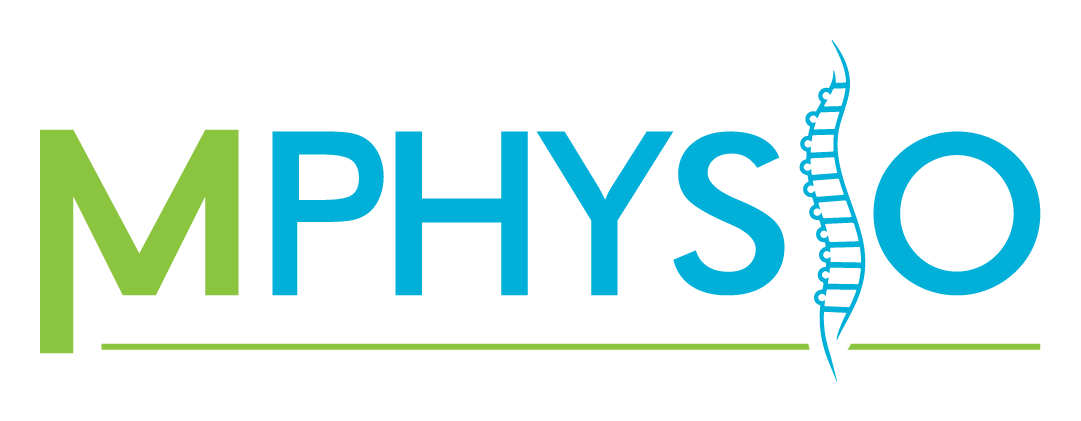Blog, Physiotherapy
Acetabular Labral Tear: What It Is and How to Recover

Hip pain can be more than just a minor annoyance – it can make walking, sitting, and even sleeping uncomfortable.
One of the more common causes of hip discomfort, particularly in active people and older adults, is something called an acetabular labral tear. You might not have heard of it before, but if you’ve been struggling with nagging groin pain or clicking hips, this could be the culprit.
Studies show that labral tears account for up to 22% of hip pain cases in athletes and are becoming increasingly recognised in people from all walks of life, not just professional sports players. Early diagnosis and the right treatment can make a world of difference in recovery.
In this article you will learn about the three key aspects of a labral tear:
- What is an Acetabular Labral Tear and How Does It Happen?
- What Puts You at Higher Risk of a Labral Tear?
- How Physiotherapy Can Fast-Track Your Recovery
What is an Acetabular Labral Tear and How Does It Happen?
First things first — what is the acetabular labrum?
Think of the labrum as a soft, flexible ring of cartilage that lines the outside edge of your hip socket. Its main job is to cushion and stabilise the joint, almost like a seal keeping the ball of your hip securely in place.
A labral tear simply means this cartilage ring has been damaged.
There are usually two main ways this can happen:
Acute Injury
This is common in athletes or active individuals. A sudden twisting movement, a fall, or repetitive stress from sports like football, running, or dancing can strain the labrum to the point of tearing. Often, people will recall a specific incident where the pain began.
Degenerative Changes
For others, especially those over 40, it’s less about one big injury and more about wear and tear over time. The labrum can become frayed and torn simply through years of repetitive movement, poor joint mechanics, or underlying arthritis in the hip.
Symptoms often include a deep ache in the groin, clicking or catching sensations, and stiffness, especially after long periods of sitting or standing.
What Puts You at Higher Risk of a Labral Tear?
Not everyone who runs or plays sports will end up with a labral tear.
However, certain factors can increase your risk:
Poor Hip Mechanics or Posture
If your hips don’t move as they should — for example, due to weak glute muscles or tight hip flexors — extra strain can be placed on the labrum over time.
Repetitive Movements
Sports and activities that involve lots of twisting, pivoting, or high-impact actions (think soccer, hockey, martial arts) make the hip joint more vulnerable.
Structural Abnormalities
Some people are born with hip shapes (like FAI — femoroacetabular impingement) that cause the bones to rub together, increasing the risk of labral tears.
Age and Degeneration
As we get older, the cartilage naturally weakens, making tears more likely.
Understanding these risk factors can help prevent further damage and guide the recovery process.
How Physiotherapy Can Fast-Track Your Recovery
The good news? Surgery is not always needed for a labral tear. Many people recover well with a structured physiotherapy program focused on improving hip strength, stability, and mobility.
Here’s how physiotherapy can help you get better, faster:
Reduce Pain and Inflammation
Early treatment focuses on gentle techniques to relieve pain, reduce irritation to the labrum, and ease muscle tension around the hip.
Restore Movement and Strength
Once pain is under control, treatment will focus on gradually restoring proper movement through targeted stretches and mobility exercises. Strengthening the glutes, core, and hip stabilisers will protect the labrum and prevent re-injury.
Address Underlying Causes
Your physio will assess your posture, walking pattern, and hip mechanics to uncover any imbalances that may have contributed to your injury. Correcting these not only speeds up healing but also lowers the chance of the issue returning.
Tailored, Progressive Plan
Every hip is different. That’s why we create an individualised program to safely progress you from basic rehabilitation exercises to more challenging activities — even getting you back to sport if that’s your goal.
Don’t Let Hip Pain Slow You Down
A labral tear can be frustrating, but it doesn’t have to define your life. With the right support and guidance, you can reduce pain, improve your function, and confidently return to doing what you love.
If you’re experiencing persistent hip or groin discomfort, book a session with our physiotherapist at M Physio online or call 1800 992 999. We’re here to help you move better, feel stronger, and get back to living your life fully.
 |
Written By:
Bachelor of Physiotherapy (Hons) |
References
Birmingham, P. M., Kelly, B. T., Jacobs, R., & McGrady, L. (2012). The effect of dynamic pelvic positioning on the acetabular labrum: An in-vivo pilot study. Journal of Orthopaedic Research, 30(7), 1105–1110. https://doi.org/10.1002/jor.22058
Griffin, D. R., Dickenson, E. J., O’Donnell, J., Agricola, R., Awan, T., Beck, M., … & Martin, R. L. (2016). The Warwick Agreement on femoroacetabular impingement syndrome (FAI syndrome): An international consensus statement. British Journal of Sports Medicine, 50(19), 1169–1176. https://doi.org/10.1136/bjsports-2016-096743
Kivlan, B. R., Martin, R. L., & Martin, H. D. (2013). Function of the hip labrum and the role of physical therapy in the treatment of labral tears. International Journal of Sports Physical Therapy, 8(5), 598–613.
Nepple, J. J., Philippon, M. J., Campbell, K. J., Zaltz, I., LaPrade, R. F., & Clohisy, J. C. (2015). The hip fluid seal—Part II: Clinical implications for hip preservation surgery. Knee Surgery, Sports Traumatology, Arthroscopy, 23(10), 3170–3177. https://doi.org/10.1007/s00167-014-3204-1


